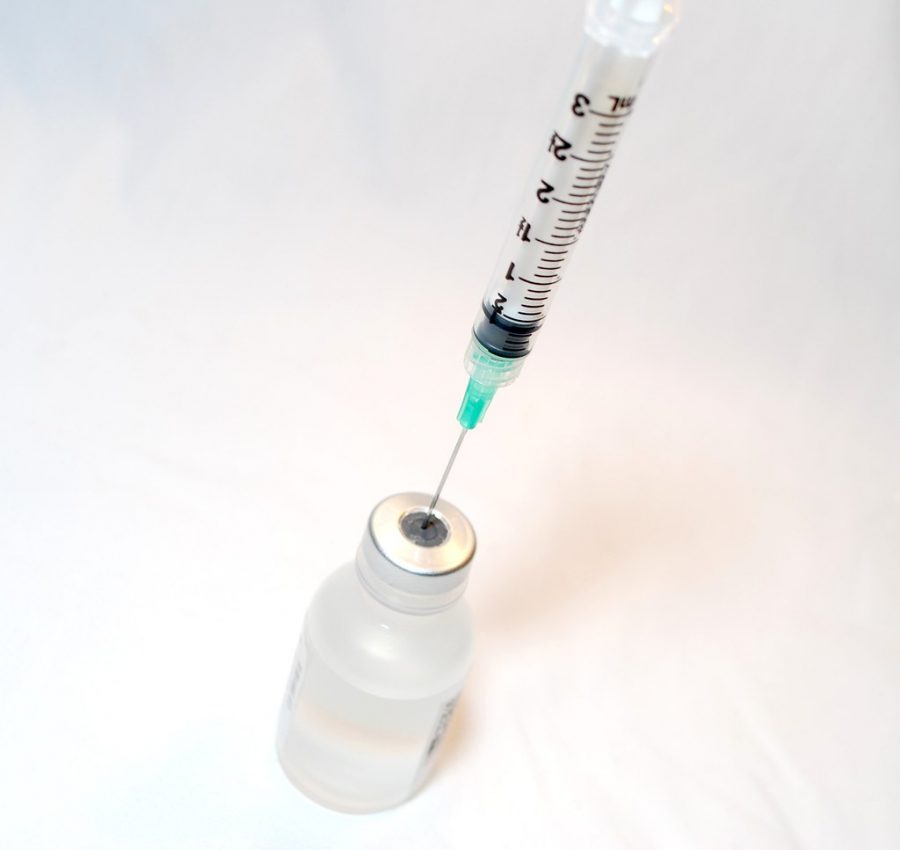COVID-19 Is Disproportionately Affecting Black and Brown Americans In More Ways Than One
February 22, 2021
Racial and ethnic minorities are more likely to test positive for COVID-19, be hospitalized for COVID-19, and are more likely to die of COVID-19 than any white, non-Hispanic American. Black American, Indigenous or Native American, and Latino communities are among the most affected by the pandemic and everything from socioeconomic status, the occupations that members of these communities hold, access to healthcare, and bias in medical attention are responsible for the disparity in COVID-19 case numbers between races.
The impact of one’s race on mortality and access to quality health insurance is by no means a novel development in the American healthcare system. The inequality within the American health care system can be traced back to a post-civil war America where newly freed black Americans could only access healthcare through their employer, creating yet another roadblock for black Americans and other minority groups. The stark differences in the mortality rates among people of different races that existed in post-civil war American, and still exist today, demonstrate a clear pattern of a racial bias within the American healthcare system and the continued lack of quality medical facilities in communities of color.
Racial impacts on medical care have crossed over to the handling of the COVID-19 pandemic. Hospitals serving minority communities have been overwhelmed and unable to handle the high number of patients, leading to higher death rates. These results were evident in April and May of last year when Elmhurst, Queens became the epicenter of the pandemic. Queens Community District 3, known as Jackson Heights, along with East Elmhurst and North Corona, have a 65% Latino population and experienced devastating COVID death rates. Neighborhoods all around New York City with high concentrations of Black and Latino people were impacted similarly. Neighborhoods in Brooklyn, Queens, and the Bronx were the hardest hit by the pandemic, as they are among the poorest neighborhoods. Along with lacking strong healthcare in these areas, many of the jobs members of these communities hold are classified as essential. Therefore, many experienced higher exposure rates.
COVID-19 deaths and cases appear to be dropping. However, despite the promise of a vaccine, the pandemic is far from over, as there is widespread distrust of the vaccine’s efficacy in minority communities. A recent study done by Pew Research Center found that 40% of Latinos and over half of Black Americans don’t intend on getting the vaccine. This pattern is due to a long history of racism and bias in medicine, creating skepticism throughout communities of color. Black Americans’ distrust in advancements such as the new vaccine are rooted in the knowledge that people of color have been exploited throughout medical history. The Tuskegee Syphilis Study and the use of Henrietta Lack’s cells in cancer research without her knowledge or consent has created widespread distrust. Consequently, many medical professionals, especially people of color, are working to encourage Black Americans to get vaccinated—a campaign that will take time.
The handling of infection and COVID-19 death rates within minority communities displays yet another facet of racial inequality within American society. The pandemic has highlighted the racially motivated cracks within the healthcare system and has made it clear that there is much to fix.



